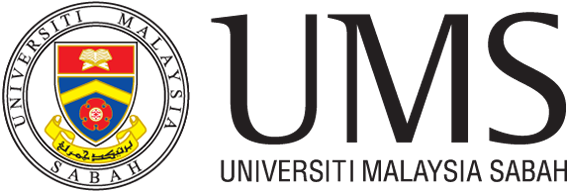Part 3 Physics Interdisciplinary Applications through Online PBL
Online problem-based learning (OPBL) in physics is a dynamic educational method that challenges students to engage with physics through real-life problem-solving and aligning theory with daily experiences within an online environment. It empowers students to become more self-direct and fosters the acquisition of lifelong learning skills. The interdisciplinary applications of OPBL in physics are diverse and continue to expand nowadays. These are some examples of interdisciplinary applications of OPBL in physics.
- Engineering and Physics Integration: Engineering and physics are two inter-complementary subjects, with engineering often being described as applied physics. Engineering incorporates physics concepts into the design process to create innovative solutions. OPBL in physics allows students to work on mini projects that involve designing and building simple machines or structures by combining principles from physics and engineering.
- Environmental Physics: Along with the growing concerns about global warming, PBL can be applied to study environmental issues such as climate change or pollution. Online collaboration allows students to access a wide range of data, simulations, and resources related to environmental physics. For example, students are presented with a local water quality issue, such as contamination in a nearby river. They work collaboratively to investigate the sources of pollution, analyze water samples, and propose solutions to improve water quality.
- Biophysics and Medical Physics: OPBL platforms can facilitate virtual experiments, simulations, and discussions related to biophysics and medical physics. Medical doctor students often use PBL as an instructional method to enhance their learning experience. For example, students are presented with a case of a patient with symptoms of cardiovascular disease. They must collaboratively investigate the patient’s history, perform relevant examinations, and propose a diagnosis and treatment plan.
- Astrophysics and Space Exploration: Learning astrophysics and space exploration require extensive imagination as conventional classrooms find it difficult to provide hands-on or physical learning experiences. Online tools and resources in learning astrophysics and space exploration require extensive imagination as conventional classrooms find it difficult to provide hands-on or physical learning experiences. Online tools and resources allow students to access astronomical data, and simulations, and collaborate with experts in the field. For example, students explore a series of online resources related to cosmic phenomena such as supernovae, gamma-ray bursts, or black holes. They collaboratively analyze observational data, and theoretical models, and propose explanations for these events.
- Renewable Energy Physics: Align with the net zero carbon emission policy, many studies are devoted to studying renewable energy for sustainable environmental-friendly alternatives. PBL can be used to explore renewable energy sources and their physics principles. For example, students are tasked with designing a solar power system for a community. In the task, they consider factors such as location, sunlight availability, and energy demand. The goal is to maximize energy output while addressing economic and environmental considerations.
- Data Analysis and Computational Physics: Big data analysis is one of the fastest-growing fields due to the high demand in machine learning development. PBL scenarios related to big data analysis and computational physics provide a platform for collaborative coding projects and data analysis, fostering teamwork and problem-solving. For example, students work on a project focused on climate modeling. They use big data sets related to climate variables, such as temperature, precipitation, and atmospheric composition. Through computational simulations, they analyze the data to understand climate patterns and make predictions.

